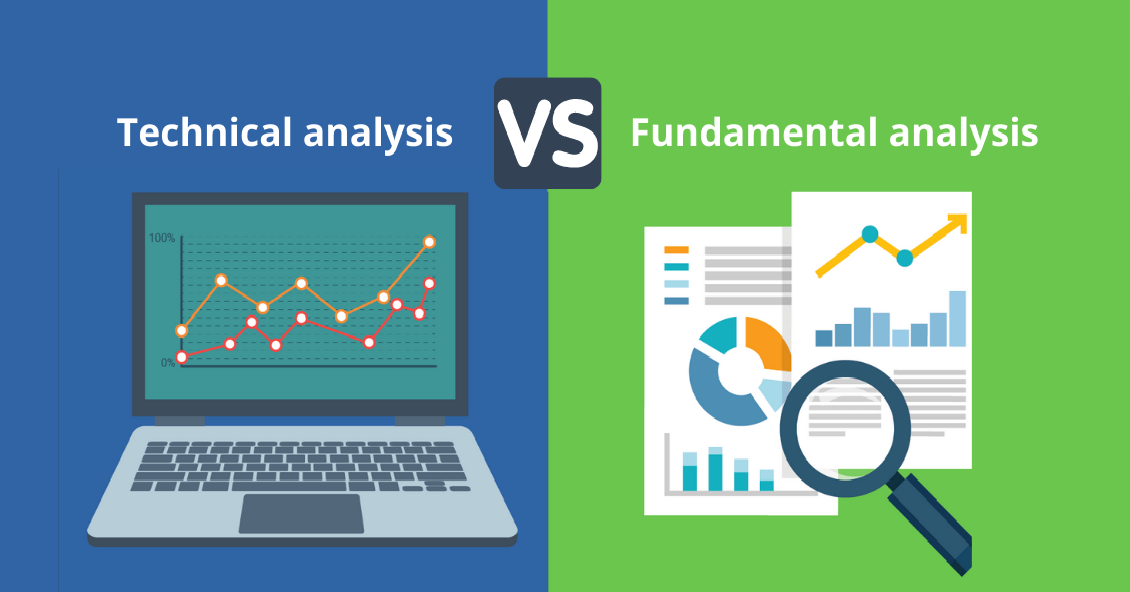Fundamental analysis or technical analysis: which one to choose?
The main question of the trader, or even his main problem, consisting in predicting the future prices of traded financial instruments (be it currency, stocks, futures, etc.) can be solved by two main methods. These methods are called fundamental analysis and technical analysis.
Technical analysis
Technical analysis is entirely based on the price chart of the financial instrument in question. Fundamental analysis is based on economic, political and social factors on a scale from one country to the world as a whole. Both types of analysis have their own tools in the form of indicators. Fundamental analysis indicators are derived on the basis of data from all spheres of socio-economic life of society (indicators of the manufacturing sector, consumer demand, inflation, unemployment, etc.). Accordingly, technical analysis indicators are derived from the history of price changes, or, which is the same, from the price chart.
So which one to choose: fundamental or technical market analysis? Let’s try to answer this question.
The fundamental analyst looks for logical relationships and, seeing the reasons, tries to predict the most likely consequences.
The technical analyst is not interested in the reasons at all, because everything is already included in the price chart by definition, and he immediately sees the consequences.
Fundamental analysis
Fundamental analysis seems to be the most logical and consistent. We see a number of factors and, through simple logical reasoning, determine where they will lead (exaggeratedly: interest rates in the country have increased – the national currency has risen in price). However, it is impossible to grasp the immensity. It is impossible to take into account all the news, factors and their consequences at once. But sometimes quite insignificant, at first glance, news can destroy the entire harmonious system of logical constructions based on the most important and paramount factors. This often leads to the fact that the same readings of fundamental indicators are accompanied by completely different (sometimes diametrically opposite) patterns of price behavior.
Technical analysis, by its very definition, has all the necessary information, everything is already included in the price chart. In addition, it is difficult to imagine a fundamental analyst in its pure form, trading simultaneously in several different markets (for example, trading oil futures, currencies and stocks). Since for each of these markets it is necessary to carry out a complex fundamental analysis that takes into account many individual characteristics and specific factors. A technical analyst, on the contrary, can quite afford it, because the methodology for analyzing price charts is the same for any type of market.
Usually it is recommended not to be limited to one of these types of analysis, but to use both of them in a harmonious complement to each other. Indeed, most successful traders do not classify themselves as either pure fundamentalists or pure techniques. And even ardent techies suspend trading when important economic news (read: fundamental factors) is released. Perhaps the only correct answer to the question posed at the beginning of the article about which type of analysis a trader should choose to predict price movements will be the following: both. They are equal and complementary, so there is no need to choose from them, for successful trading it is necessary to use both fundamental and technical analysis at the same time.

